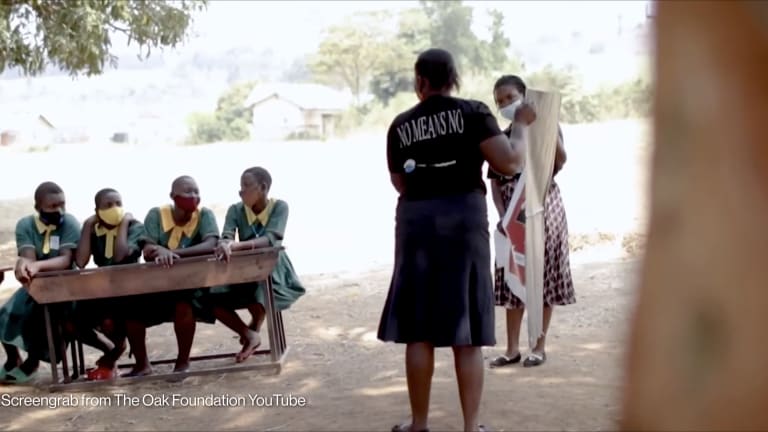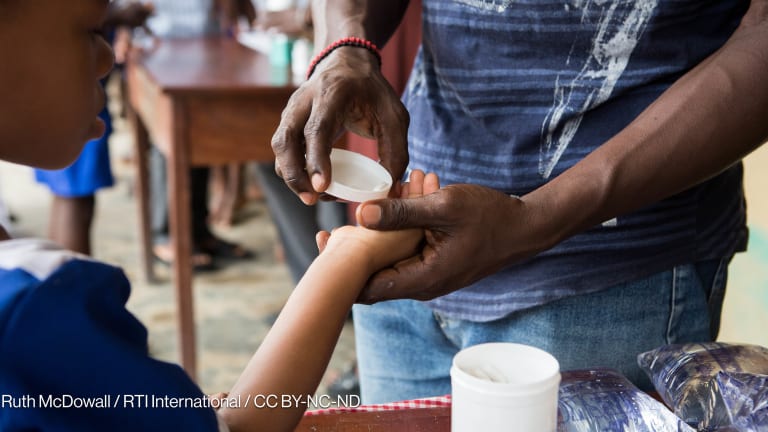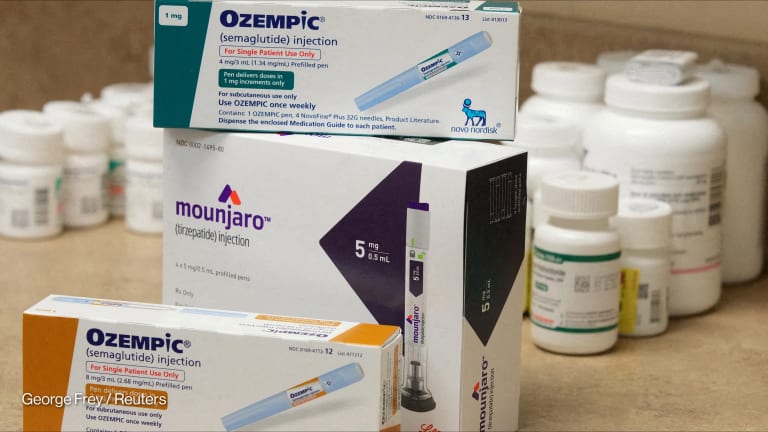A new report has found that the majority of funding for global health research and development is flowing to high-income countries.
The report titled “The ripple effect: How global health R&D delivers for everyone” makes the case for governments to sustain such investments amid shrinking donor aid budgets. But it also illustrates the need to diversify funding to help develop local infrastructure and systems in low- and middle-income countries.
Investments in R&D lead to innovations that save lives globally, from vaccines that protect against COVID-19 and malaria to treatments for river blindness and Ebola. Between 2007 and 2023, data from Impact Global Health, the research and policy organization that published the report, show $71 billion, or 66%, of the total funding for global health R&D came from 44 high-income countries.








